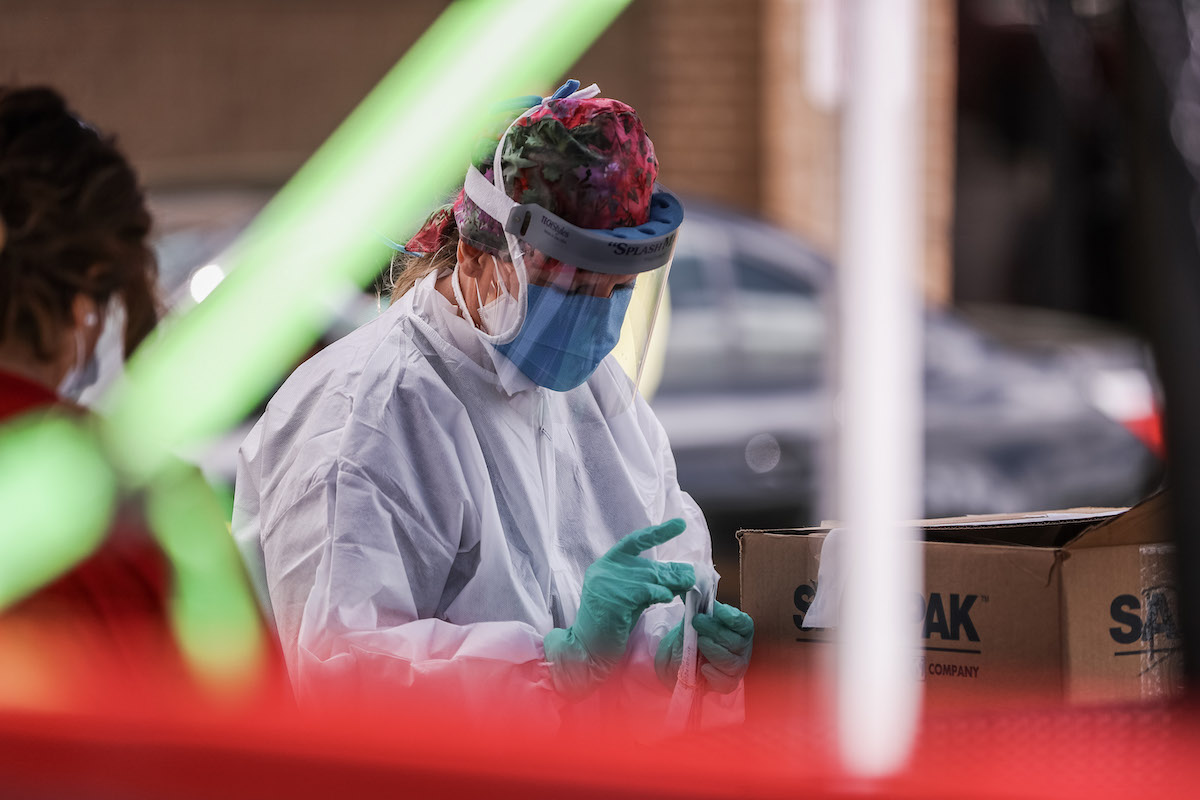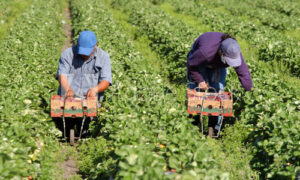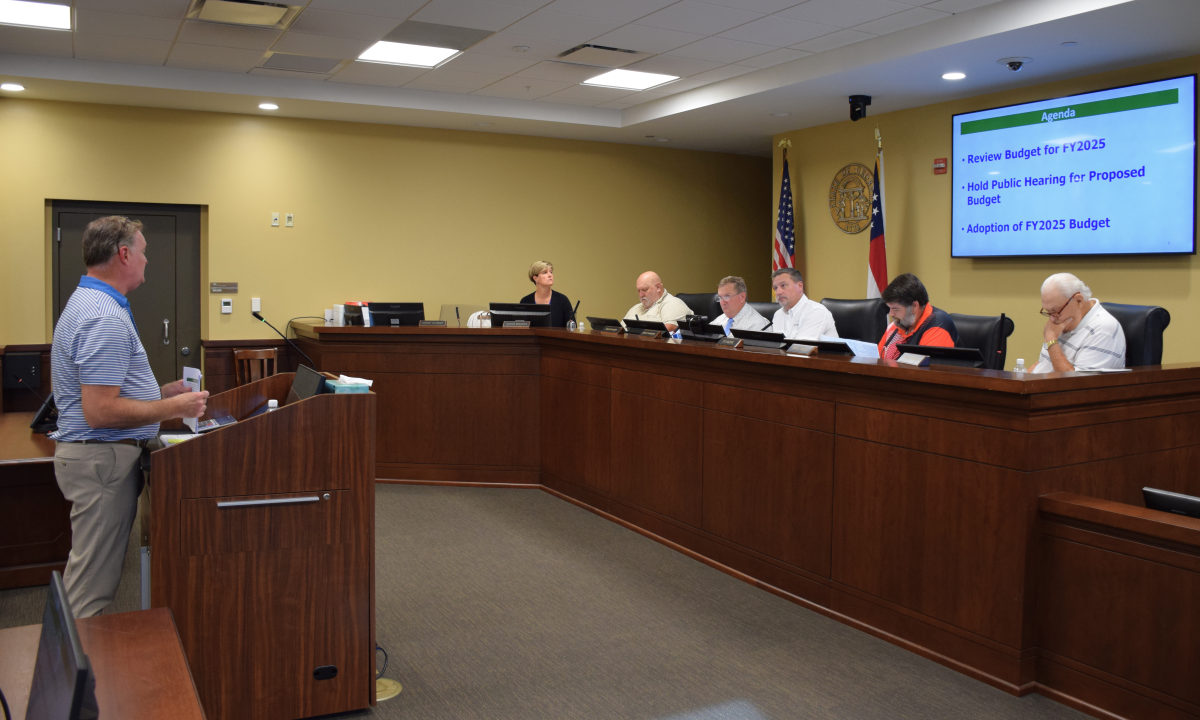
A national scorecard shows Georgia as having negative trends on fighting COVID-19, just a week after it rated the state as making progress.
The primary change in Georgia’s rating appears related to a rise in the 14-day trend of coronavirus cases in the state.
Georgia joins several other Southern states with increasing infections being reported by the “How We Reopen Safely’’ chart from COVID Exit Strategy, which uses data from the CDC and COVID Tracking Project.
The states with rising infections reported – and labeled “trending poorly’’ by the scorecard as of Sunday evening — include Florida, Alabama, South Carolina, Arkansas, Louisiana, North Carolina, Texas, and Tennessee. Georgia’s percentage hike in new cases, at 35 percent, is much lower than the current increases in South Carolina, North Carolina, and Florida.
At 3 p.m. Monday, Georgia reported having 58,414 COVID-19 infections, up 733 from the day before.
At the same time, the percentage of people testing positive for the virus is decreasing, according to COVID Exit Strategy, standing at 7.1 percent, though the state Public Health data puts it higher, at 8.5 percent. The Exit Strategy website also reports that Georgia has a low availability of ICU beds.

Georgia’s rising number of infections may be at least partially due to more testing being performed across the state. Still, many health experts predicted that COVID-19 infections would rise as states reopened their economies.
Hospitalizations because of the virus went up in at least a dozen states between May 25 and June 9, according to data aggregated by CNN from the Covid Tracking Project.
On Friday, North Carolina saw its largest single-day increase in reported cases since the pandemic began.
As of Saturday, more than 2 million people in the nation had been infected by the virus and more than 114,000 had died, according to data from Johns Hopkins University
The CDC projected Friday that the U.S. could suffer 130,560 coronavirus deaths by July 4, with a possible range of 124,260 to 139,880 deaths.
South Carolina — whose governor, Henry McMaster, was among the last to issue a stay-at-home order when the virus first struck and was also among the first to begin opening up his state — has seen a sharp rise in cases in recent days, the New York Times reported.

The state recorded its highest number of new cases yet in one day on Sunday, according to a New York Times database: 840. The tally made South Carolina the state with the seventh-highest number of new cases in the country that day, with more new cases reported there than in New York.
It’s not clear if all this marks a second wave of the coronavirus pandemic in the United States, said Dr. Anthony Fauci, head of the U.S. National Institute of Allergy and Infectious Diseases. “However, when you start to see increases in hospitalization, that’s a surefire situation that you’ve got to pay close attention to,” he said Friday.
Farmworkers hit hard
Many new infections have come in South Georgia.
An increase in COVID-19 cases in Lanier County marks the latest virus surge in the southern part of the state. It follows a similar increase in Lowndes County, which borders Lanier, according to the Valdosta Daily Times.
In 24 hours, coronavirus cases in Lanier nearly tripled from Friday to Saturday, from 37 to 96, the newspaper reported.
The spike stemmed from migrant farmworkers in Lanier County getting tested for the coronavirus, said Kristin Patten, South Health District public information officer. It is unknown whether the workers came from a single farm or multiple ones in Lanier County, Patten said, according to the Daily Times.
Lanier, with a population of more than 10,000 residents, is not the first South Georgia county to experience a high rate of cases among migrant farmworkers. Two weeks ago, Echols County, which also borders Lanier, saw cases skyrocket after a COVID-19 testing event for migrant farmworkers revealed a high rate of cases, the Daily Times reported.
Echols remains, by a wide margin, the Georgia county with the highest infection rate. Randolph County in southwest Georgia is a distant second, according to Public Health data.








